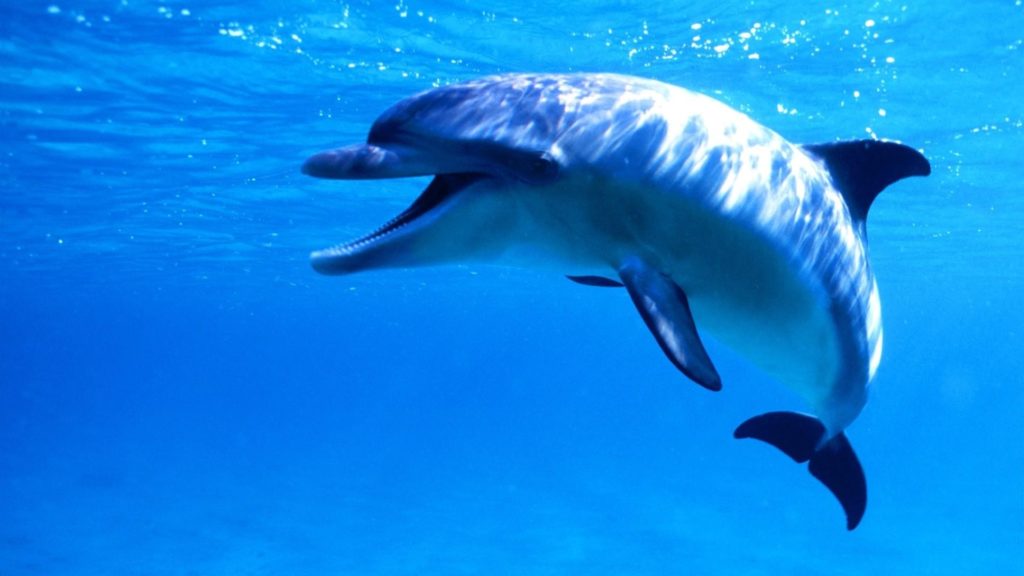While dolphins are generally considered to be an endangered species across the globe, it’s fair to say that South Africa bucks this worrying trend. In this region, the respective dolphin populations are thought to be fairly healthy, with up to five species regularly seen from the shore.
As a result, Africa is an increasingly popular destination in which to view and swim with dolphins. This is also one of the most alluring African odyssey adventure activities, which you can enjoy as part of a thrilling safari trip. Is it somewhere you would consider?
In this post, we’ve prepared a brief guide to swimming with dolphins whilst enjoying an African safari, from information we’ve gathered. If you’ve been, we’d love to hear about it.
Where can dolphins be found in Africa?

As we’ve already alluded to, dolphins can usually be found in Southern Africa, in various coastal locations.
Many species, including the familiar Humpback dolphin, reside along the Southern Cape coast, while they’re also in close proximity to the northern KwaZulu-Natal province.
In total, the entire dolphin population is estimated at around 1,000 individual creatures, with the vast majority of these dotted along the southern Cape coast.
With this in mind, safari destinations like the Aquila Private Game Reserve offer the best value, as it’s relatively easy to combine this experience with a trip to the Cape coast and the ultimate dolphin experience!
What Species of dolphins are present in South Africa?
The Humpback dolphin is arguably the most popular species in South Africa, and one that typically originates from the Indo-Pacific coast.
While it only has a small population in the area, it’s actually one of the most distinctive species of dolphin known to man, with a long, wide hump located beneath its pointed dorsal fin.
South Africa is also home to the Bottlenose dolphin, which regularly swims along the shoreline of east Cape Town. These are among the largest dolphins in the whole of the region, with adult members of the species growing to a staggering seven feet.
If you’re really lucky, you may see an even larger species of Bottlenose dolphin in this area (although the animal we’re referring to rarely swims in close proximity to the shore). This beguiling creature has the scientific name tursiops truncates, and it can reach an adult length of over nine feet in some instances.
On the subject of eagle eyes, those with a keen attention detail may well be able to see the Common dolphin in South Africa. This is one of the smallest species of dolphin in the world, reaching an adult length of 2.4 metres on average.
Typically, Common dolphins live for 40 years or longer, and like Bottlenose dolphins they have a tendency to swim near humans and touring boats.
The last word
On a final note, it’s widely accepted that the period between June and November is the best time to view dolphins, so this should inform your plans when booking a safari trip.
Fortunately, this should not force you to compromise on your trip, as November is also one of the best times to see the Great Wildebeest Migration through The Serengeti.


2 comments
Thanks
Wonderful Place